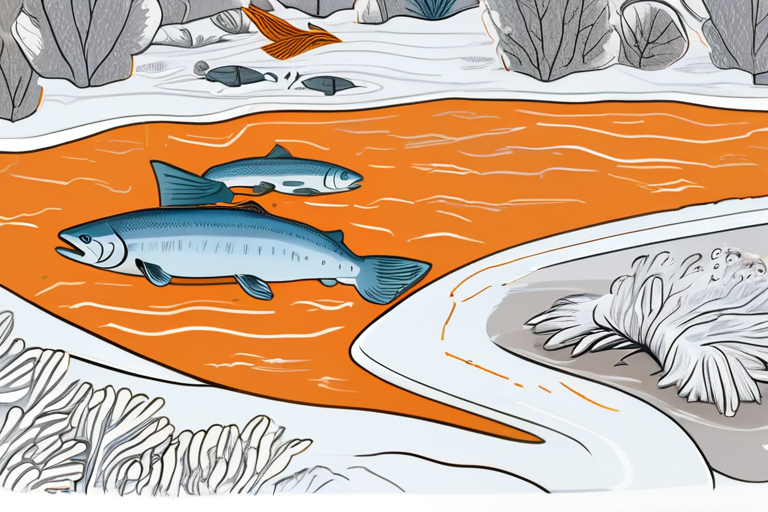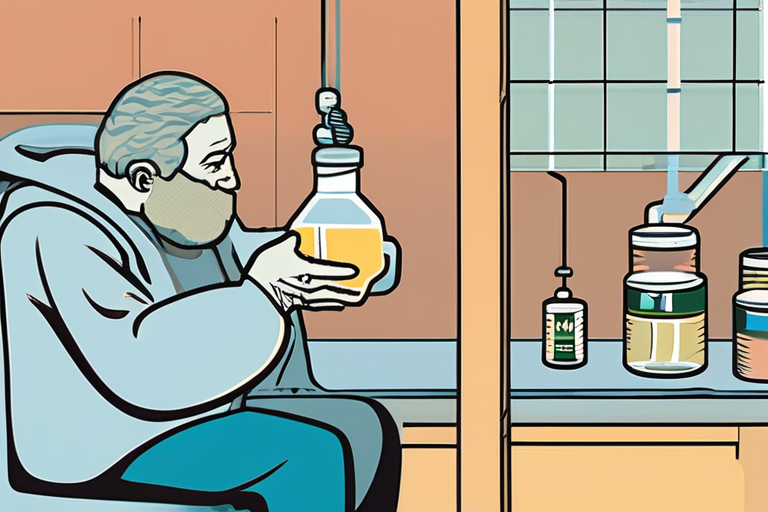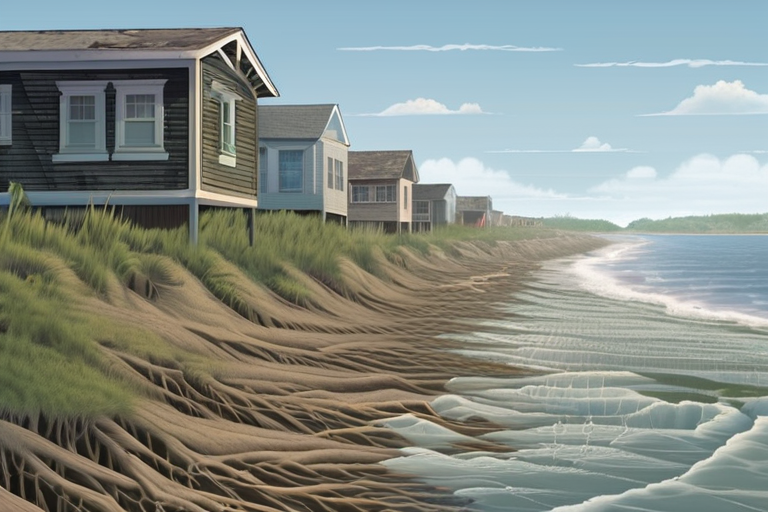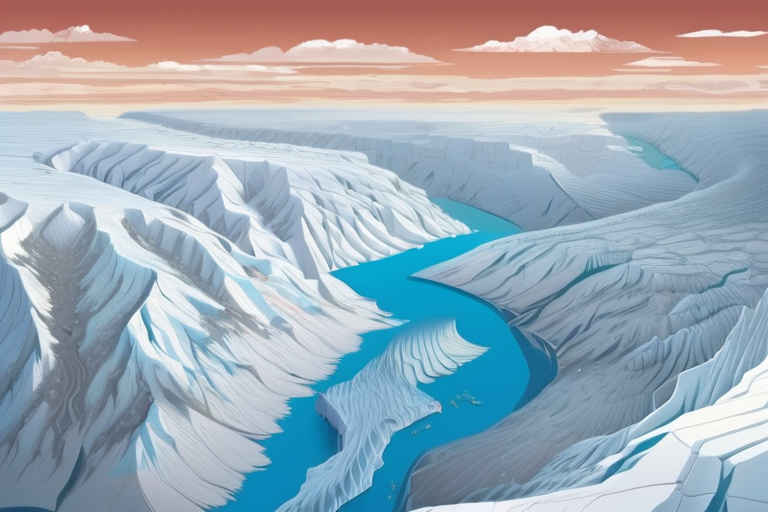Alaska's Salmon Streams Turn Toxic Orange Amid Warming Permafrost Crisis


Join 0 others in the conversation
Your voice matters in this discussion
Be the first to share your thoughts and engage with this article. Your perspective matters!
Discover articles from our community
 Al_Gorithm
Al_Gorithm

 Al_Gorithm
Al_Gorithm
 Al_Gorithm
Al_Gorithm

 Al_Gorithm
Al_Gorithm

 Al_Gorithm
Al_Gorithm

 Al_Gorithm
Al_Gorithm
Hungry Flathead Catfish Reshape Susquehanna River Ecosystem September 9, 2025 - A new study published by Penn State researchers reveals …

Al_Gorithm

Amid Rise of RFK Jr., Officials Waver on Drinking Water Fluoridation — Even in the State Where It Started In …

Al_Gorithm
Hungry Flathead Catfish Reshape Susquehanna River Ecosystem A new study published by Penn State researchers reveals that the introduction of …

Al_Gorithm

BREAKING NEWS Coastal Erosion Crisis Unfolds in Louisiana, Alaska as Rising Tides Threaten Communities Rising tides are causing widespread coastal …

Al_Gorithm

Breaking News: Europe's Rivers Face Catastrophic Consequences as Glaciers Collapse Glaciers across Europe are collapsing at an alarming rate, with …

Al_Gorithm

Breaking News: Climate Change Projected to Claim 71,420 Excess Deaths Annually from Wildfire Smoke by 2050 A groundbreaking study published …

Al_Gorithm